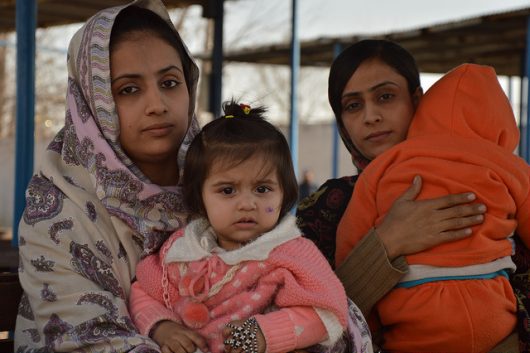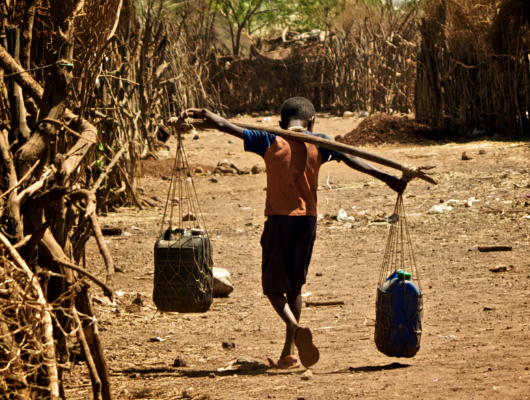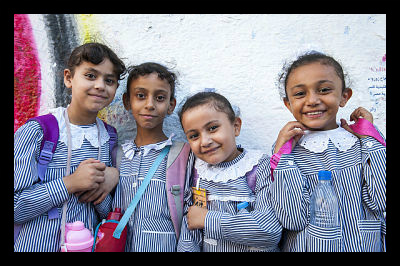
On Feb. 17, the U.N. High Commissioner for Refugees (UNHCR) published its highly anticipated 2016 mid-year trends report. The document provides fresh insight into the global humanitarian crisis and yields a tentative answer to the question: how many refugees are there in the world? The agency has a tall order to fill — roughly 65.3 million people worldwide have been forcibly displaced from their homes. In 2015, 24 people were displaced from their homes every minute.
According to the UNHCR, a refugee is “someone who has been forced to flee his or her country because of persecution, war or violence.” They are recognized under the 1951 U.N. Refugee Convention, the Convention’s 1967 Protocol and the 1969 OAU Convention. The question remains: how many refugees are there in the world?
Though it is difficult to accurately state how many refugees there are in the world at a given time, the UNHCR statistic reported last month was 15,874,208. It is important to realize that this excludes 640,982 individuals currently in a refugee-like situation. The UNHCR defines this particular sub-category as “groups of persons who are outside their country or territory of origin and who face protection risks similar to those of refugees, but for whom refugee status has, for practical or other reasons, not been ascertained.”
One trend in the report is clear: the numbers have grown. In 2015, the UNHCR mandate stood at 16.1 million refugees with an additional 5.2 million registered with the U.N. Relief and Works Agency (UNRWA). By June 2016, there were 16.5 million refugees and people in refugee-like situations worldwide. Approximately 12.4 million have been assisted by the UNHCR.
The largest concentrations of refugees presented in the report are in the Middle East and North Africa (5,816,454) as well as the rest of Africa (5,275,845). As additional information becomes available, these figures may be adjusted.
The scope of UNHCR’s mandate is global in nature, while the UNRWA’s mandate is specific to refugees living in Gaza, Lebanon, Syria, the West Bank and Jordan. The UNRWA for Palestine Refugees in the Near East was established in 1949 and continues to provide relief for people in those regions.
Understanding How Many Refugees Exist
To correctly interpret the findings outlined above, several qualifications are warranted. First, the dataset contains the latest available estimates — which are subject to change. The nature of statistics is that data is provisional. Second, the number of refugees is different when those in refugee-like situations are considered in a total summation. Third, the published values in the trend report are based on different government definitions and data collection methodologies within each respective nation. These various interpretations make it increasingly difficult to calculate the total number of refugees in the world. Fourth, the figures only represent the first half of 2016 — there is more data still to analyze. Finally, refugees who have been resettled are not included in these estimates. Although, the UNHCR still monitors these groups to ensure their safety and welfare. Overall, the question — how many refugees are there in the world — is answerable in a relatively statistical sense.
The UNHCR claims that many industrialized nations are not equipped with refugee registers or effective data collection procedures. This means governments are unable to accurately report on the number of refugees within their borders. One step forward in managing this crisis would be to standardize definitions and collection procedures so that precise figures can be ascertained. Without reliable data, there is only guesswork.
With a U.S. federal budget battle brewing, the impact of reduced diplomacy and foreign aid investments could prolong the suffering of millions around the globe. A weakened State Department may be unable to cope with the decades-long fallout of mass disillusionment, fear and anguish. Furthermore, the spectrum of sentiment among U.S. leaders and divided public opinion on matters of foreign policy signals an era of uncertainty regarding the management of the refugee crisis and any progress toward a swift resolution.
– JG Federman
Photo: Flickr




